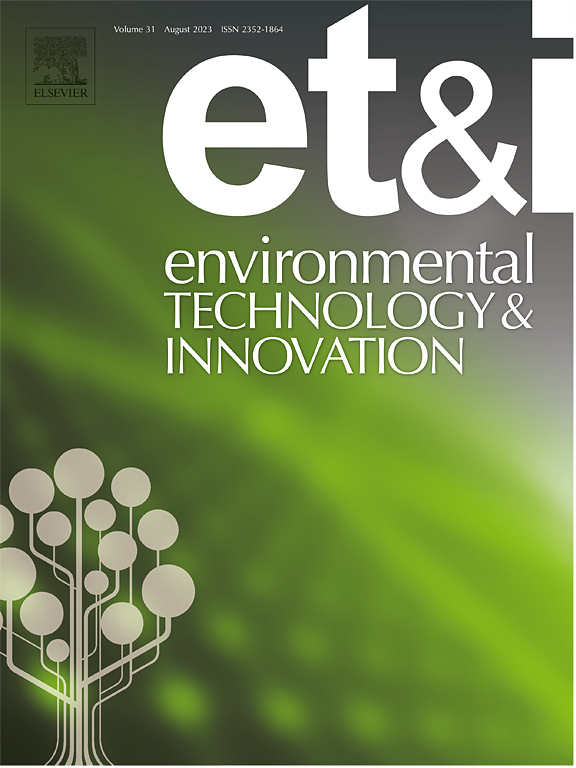Arbuscular mycorrhizal fungi decrease soil nitrate by accelerating mulberry uptake and dissimilatory nitrate reduction to ammonium
IF 6.7
2区 环境科学与生态学
Q1 BIOTECHNOLOGY & APPLIED MICROBIOLOGY
引用次数: 0
Abstract
Karst landforms, characterized by their shallow and nutrient-poor soils, are susceptible to nitrate leaching loss, leading to environmental pollution and health risks. This study investigates the role of arbuscular mycorrhizal fungi (AMF) in mitigating deep soil nitrate accumulation through enhanced mulberry uptake and dissimilatory nitrate reduction to ammonium (DNRA). A 4-month symbiotic experiment with mulberry (Morus alba L.) and two AMF species (Funneliformis mosseae and Rhizophagus intraradices) was conducted. We found that AMF treatments significantly reduced soil nitrate levels by 10.5 %-58.9 %, while increased soil ammonium by 35.9 %-63.3 %, and enhanced mulberry nitrogen accumulation by 5.2 %-17.8 %. Microbial community analysis revealed significant shifts in nitrogen-cycling microorganisms, with Proteobacteria, Acidobacteria, and Actinobacteria as dominant phyla. AMF inoculation slowed nitrification and denitrification in deeper soil layers while accelerating DNRA, as evidenced by changes in the abundance of nirK/nirS and nrfA/nrfH genes. Structural equation modeling underscored the significant feedback effects of plants and soil nitrogen-cycling microorganisms under AMF influence. This study provides novel insights into the ecological benefits of mycorrhizal symbiosis in managing soil nitrogen dynamics.
求助全文
约1分钟内获得全文
求助全文
来源期刊

Environmental Technology & Innovation
Environmental Science-General Environmental Science
CiteScore
14.00
自引率
4.20%
发文量
435
审稿时长
74 days
期刊介绍:
Environmental Technology & Innovation adopts a challenge-oriented approach to solutions by integrating natural sciences to promote a sustainable future. The journal aims to foster the creation and development of innovative products, technologies, and ideas that enhance the environment, with impacts across soil, air, water, and food in rural and urban areas.
As a platform for disseminating scientific evidence for environmental protection and sustainable development, the journal emphasizes fundamental science, methodologies, tools, techniques, and policy considerations. It emphasizes the importance of science and technology in environmental benefits, including smarter, cleaner technologies for environmental protection, more efficient resource processing methods, and the evidence supporting their effectiveness.
 求助内容:
求助内容: 应助结果提醒方式:
应助结果提醒方式:


